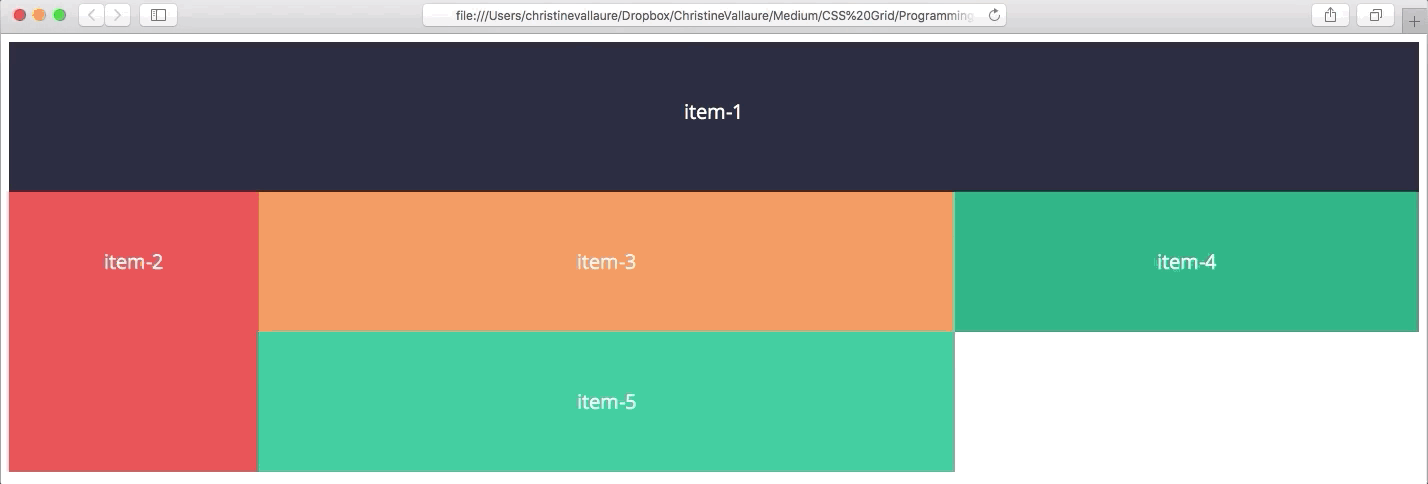

It will apply max-width: 100 and height: auto to the image, which makes it always fit the.

Remember, the li s being flex items have. img-fluid to make your bootstrap image responsive. If the width property is set to a percentage and the height. Let's look at the 1st image resizing technique - for this demo I'll call it the Fixed Ratio Resize method. max-width: 100 to the img to ensure images are responsive and contained within their li container. Resize the browser window to see how the image scales to fit the page. 2 of the 3 techniques below can be adapted to serve big images to desktop and small images to mobile - I'll cover that in a later post. You can learn and use this method for Mobile and Tablet screens. The w3-half Class The width of the w3-half class is 1/2 of the parent element (style'width:50').
RESPONSIVE RESIZE CSS HOW TO
These are just some ways to manipulate one image - the same image presented using 3 different methods. In this video, you will learn how to responsive font size in CSS. W3.CSS's grid system is responsive, and the columns will re-arrange automatically depending on the screen size: The responsive classes above must be placed inside a w3-row class (or w3-row-padding class) to be fully responsive.
RESPONSIVE RESIZE CSS PC
Absolute units are: cm mm px (1px 1/96thof 1in) in (1in 96px 2.54cm) pt (1pt 1/72 of 1in) pc (1pc 12pt) The second category is CSS relative units. To support resizing charts when printing, you need to hook the onbeforeprint (opens new window) event and manually trigger resizing of each chart.

However, the resize wont happen automatically. The CSS applied from these media queries may cause charts to need to resize. Screen sizes vary there will be instances where the layout appears too small or too big on the screen. CSS media queries allow changing styles when printing a page. To change the size of an image in responsive design, you need to use the CSS properties for width and height.
serving different images to different screen sizes. Since these units are fixed, it is not suitable for a responsive website design. You can simply use the CSS max-width property to auto-resize a large image so that it can fit into a smaller widthPlease note, this article mostly covers visual resizing in a web browser, and not any "true" responsive image techniques, i.e. Images can be tricky to deal with in a responsive environment by nature they are a 'static' element with specific dimensions, so how can we manipulate them into working with our lovely fluid/flexible web layouts? Thankfully there are a few techniques, and this post rounds up my top 3.


 0 kommentar(er)
0 kommentar(er)
